The castle was commissioned by Catalano Alfieri (1602-1674) – who belonged to the Alfieri family of Magliano and Castagnole delle Lanze – who began construction in 1649. Unfortunately, the life of Catalano Alfieri ended tragically before the construction of the castle was completed: accused of treason for not being able to invade the territories of Genoa, in the disastrous expedition of 1672, he was sentenced to death and locked up in the dungeons of Palazzo Madama in Turin, where he died of a heart attack on September 14, 1674. In 1679, however, he was rehabilitated, after his accuser-slanderer had been executed by beheading in 1676.
Carlo Emanuele, who was minister of the Savoy in Madrid, Paris, Vienna and ambassador in London, succeeded his father Catalano and completed the construction of the castle in the main parts, around 1680. His bust was placed in a niche of the grand staircase of honor with a dedication placed by his son Giuseppe Catalano Alfieri and Eleonora Tana’s widow of Entracque.


